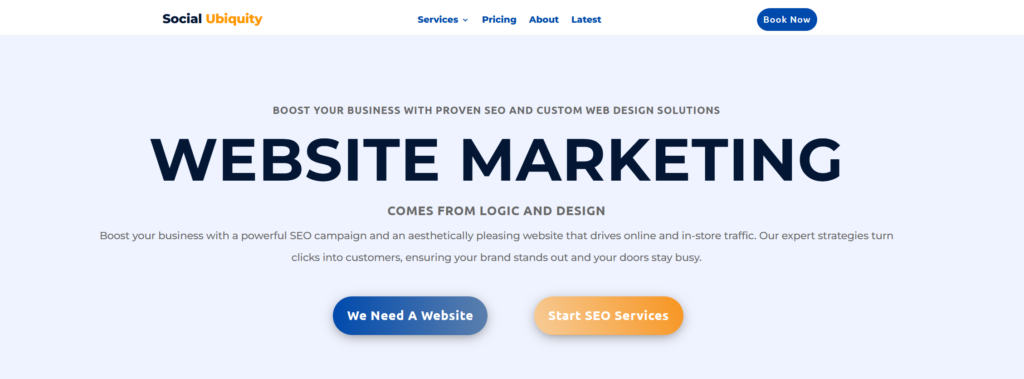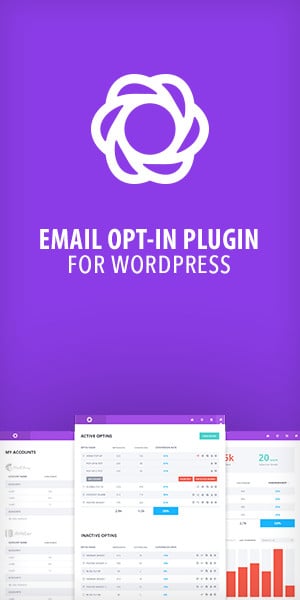1. Define Your Conversion Goals
Start by identifying what a conversion means for your website. It could be a product purchase, newsletter signup, form submission, or free trial registration. Clear goals help guide your optimization efforts and allow you to track success effectively.
2. Improve Website Speed and Performance

A slow website can drive visitors away before they even engage. Boost performance by:
- Compressing large images
- Minimizing code
- Enabling browser caching
- Using a reliable web hosting service, Fast-loading pages encourage users to explore and convert.
3. Simplify Navigation and Site Structure
Make it easy for users to find what they need. A clear, intuitive layout reduces friction and keeps users on track. Use descriptive menus, logical page hierarchies, and prominent search bars.
4. Create High-Converting Landing Pages

Landing pages are critical in converting visitors. Effective landing pages include:
- A strong, benefit-driven headline
- Clear and concise copy
- High-quality visuals
- One focused call-to-action (CTA)
- Trust signals (reviews, testimonials, certifications)
5. Use Compelling Calls-to-Action (CTAs)
CTAs should guide visitors toward the next step. Tips for effective CTAs:
- Use action-oriented language (e.g., “Download Now,” “Start Free Trial”)
- Make them visually distinct
- Place CTAs strategically on high-traffic pages
6. Optimize Forms for Conversions
Forms should be easy to complete. Improve conversion rates by:
- Reducing the number of required fields
- Using auto-fill features
- Offering progress indicators for multi-step forms
- Providing a clear privacy statement
7. Build Trust Through Social Proof
People trust other people. Incorporate social proof elements like:
- Customer testimonials
- Product reviews
- Case studies
- User-generated content: Displaying trust badges and security icons also reassures users.
8. Use A/B Testing and Data Analytics
Test different versions of your pages to see what performs best. A/B testing helps identify:
- Better headline variations
- Stronger CTA placements
- Effective page layouts Track performance with tools like Google Analytics, Hotjar, or Crazy Egg.
9. Personalize the User Experience
Tailor your content and offers to match visitor behavior and preferences. Use dynamic content, personalized CTAs, and location-based messaging to create a more relevant user journey.
10. Ensure Mobile Optimization
With more users browsing on mobile devices, your site must perform flawlessly across all screen sizes. Responsive design, fast loading, and easy tap navigation are crucial for mobile conversions.
Conclusion
Optimizing your website for conversion rates is a continuous process that blends design, psychology, and analytics. By improving user experience, simplifying navigation, and testing what works, you can significantly boost your site’s ability to turn visitors into loyal customers. Start implementing these strategies today to unlock your website’s full potential.







